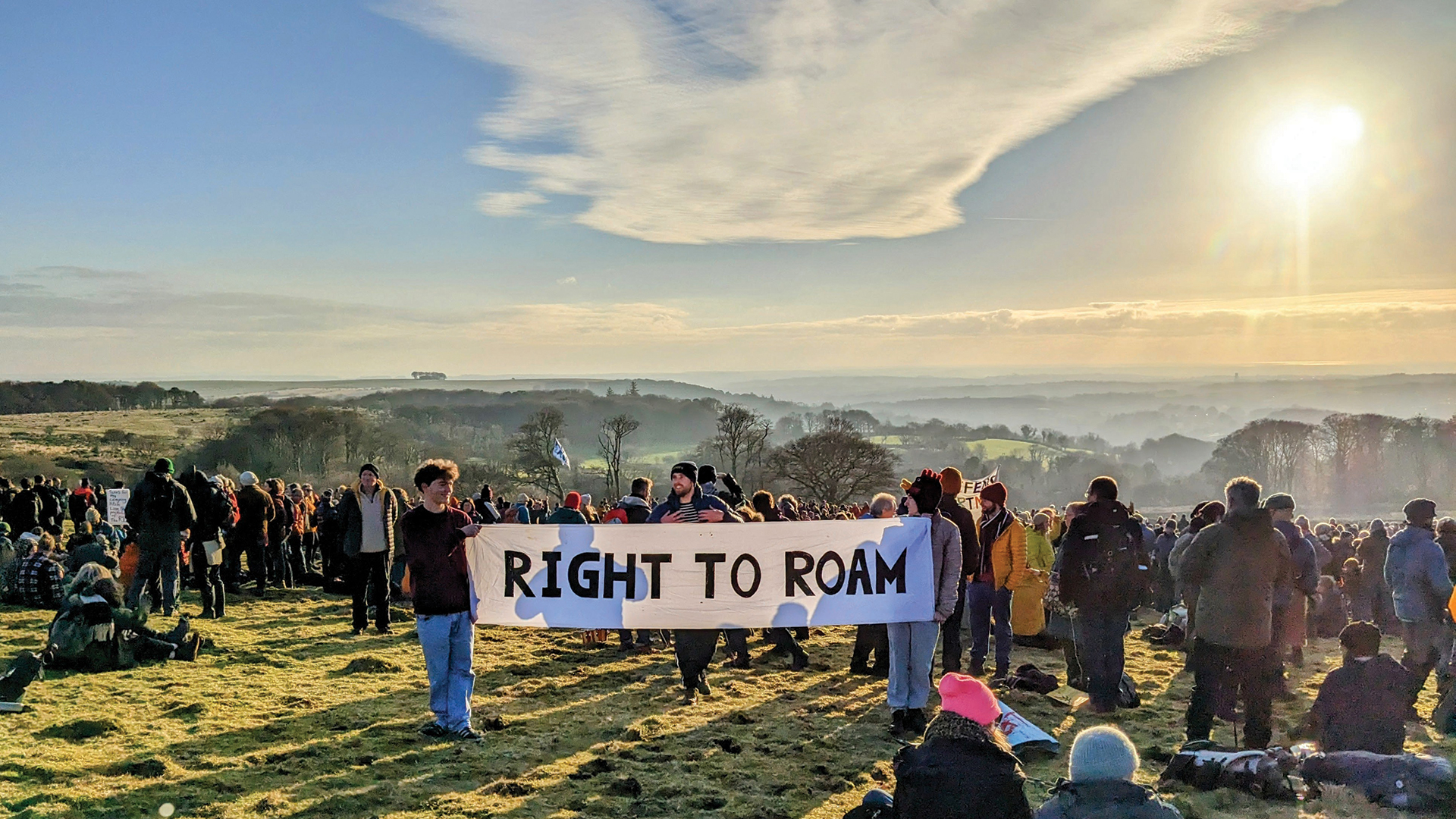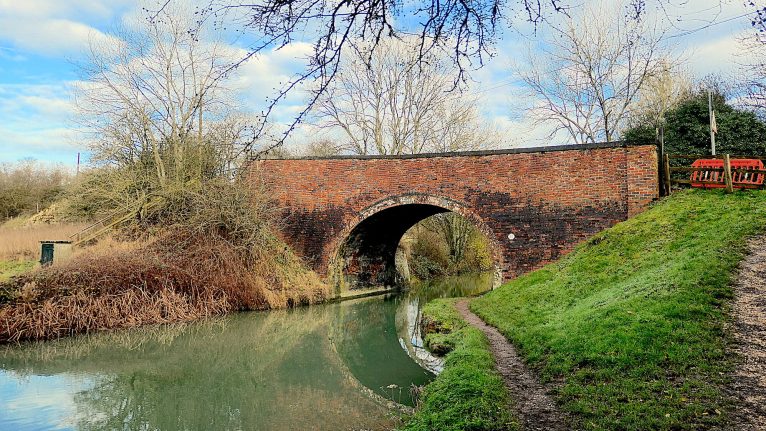It’s been a strange road for Right to Roam. It was after the Second World War that the government first proposed complete access to England’s countryside to complement the newly formed NHS. It was rejected by landowners in the House of Lords who deemed it a step too far. In its place was the watered-down National Parks Plan.
Today, only eight per cent of England and Wales has right of access, restricted to mainly remote areas – meaning people can only access green spaces if they live nearby or can afford travel and overnight stays. Walking or camping on the other 92 per cent is trespassing. This leads to over-tourism where access is permitted.
Over the years, proposals to expand Right to Roam throughout England and Wales, to match the full rights enjoyed in Scotland, have been pushed back by landowners. But support is growing. In a post-pandemic world, people appreciate the value of access to nature, and many are now demanding more UK green space access.
Your support changes lives. Find out how you can help us help more people by signing up for a subscription
In July 2023, Right to Roam won a landmark case against Dartmoor landowner Alexander Darwall, who wanted to revoke the historic right to wild camp on common land – the only place it is legal in England. It reinvigorated interest in Right to Roam and, thanks to campaigners, Dartmoor will remain a magnificent place to wild camp in England.
Just last month, Right to Roam activists met at the Scottish border for a symbolic trespass highlighting the inequalities of rights of access in the UK. Organiser of the Borderlands Rally, Jon Moses, set one foot in Scotland, which was legal, and the other in England, which was trespassing. The protest aimed to point out the unfairness of wealthy landowners doing nothing with the land, but still not allowing public use.









